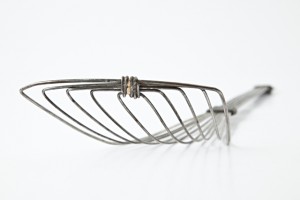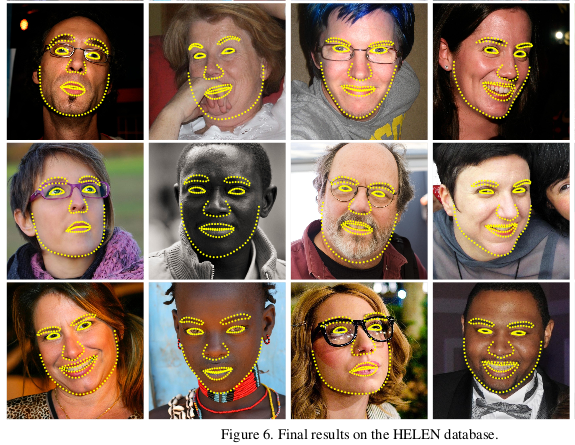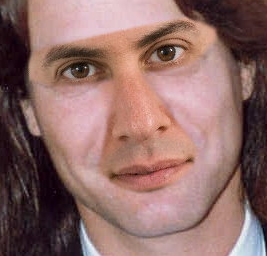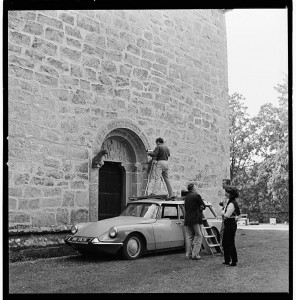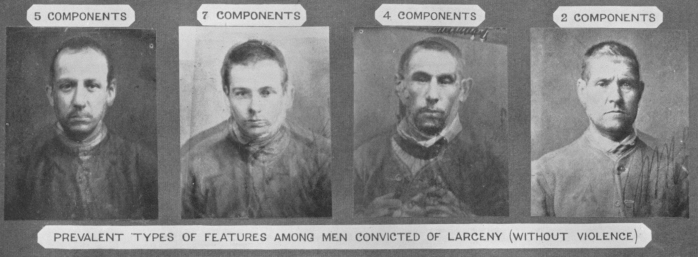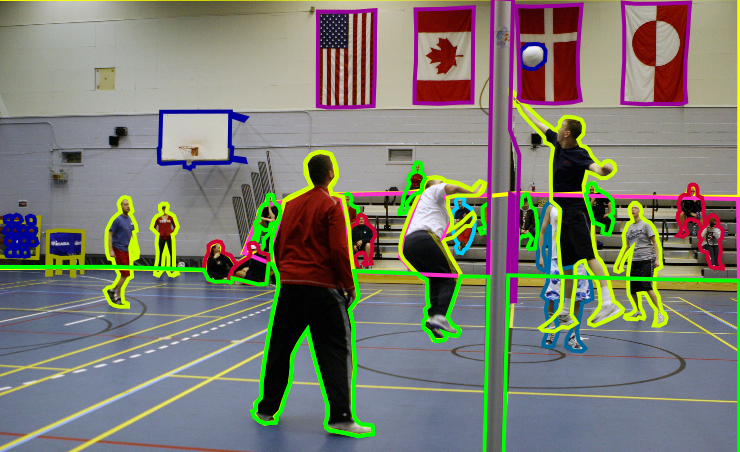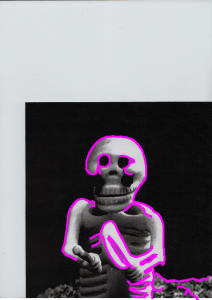Running the “orderings” code on a larger selection of images from Guttorm Guttormgaard’s collection (still under construction), several images caused the code to break as “exceptions” (unexpected errors or situations occured). The first image caused the texture processor to throw a mysterious floating point exception.
In a later pass, the following image caused an exception because it was apparently the first image to have a single SIFT feature, and the code that reads the SIFT features from a file got confused and caused an error related to the size of the number of dimensions of the array.
In mathematics & engineering, these kind of exceptional cases are sometimes referred to as “degenerate” cases.
In mathematics, a degenerate case is a limiting case in which an element of a class of objects is qualitatively different from the rest of the class and hence belongs to another, usually simpler, class. Degeneracy is the condition of being a degenerate case.
source
